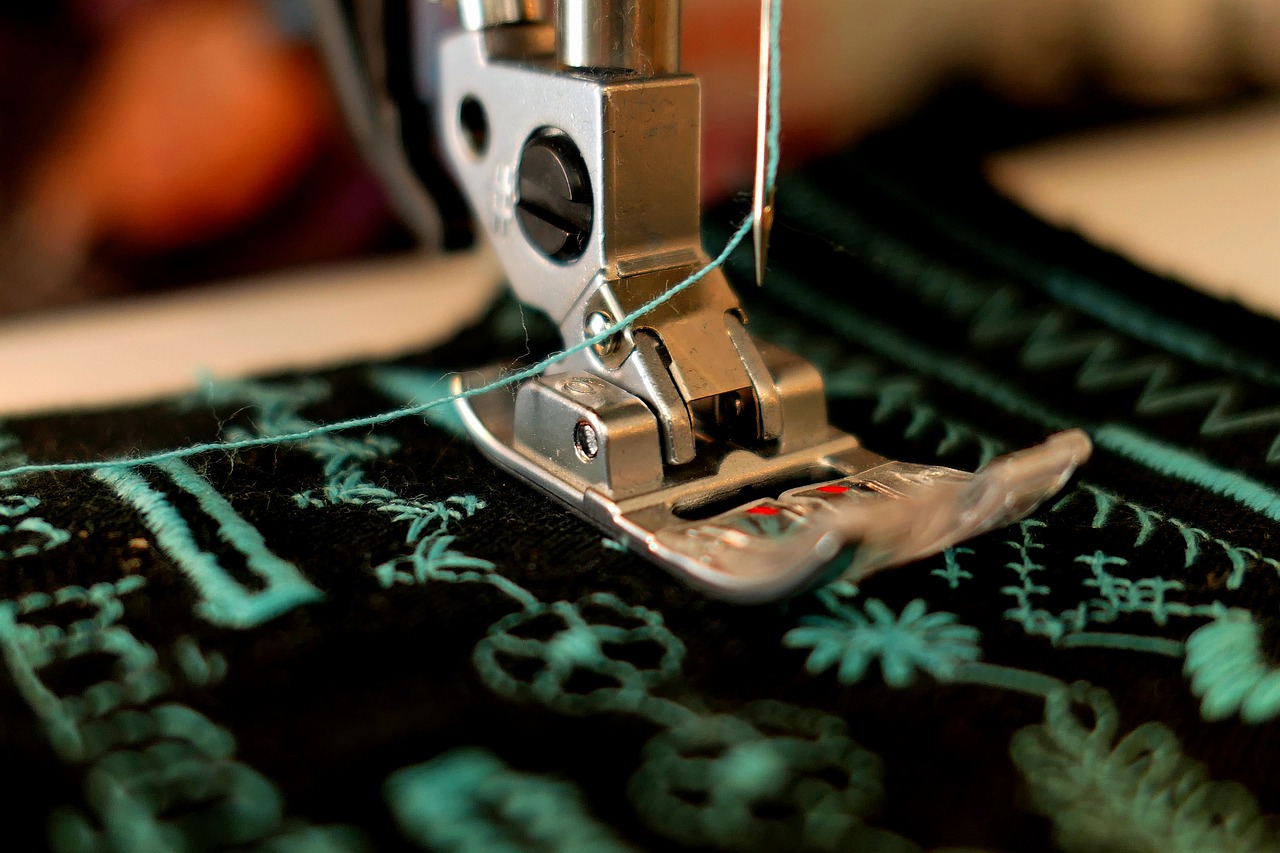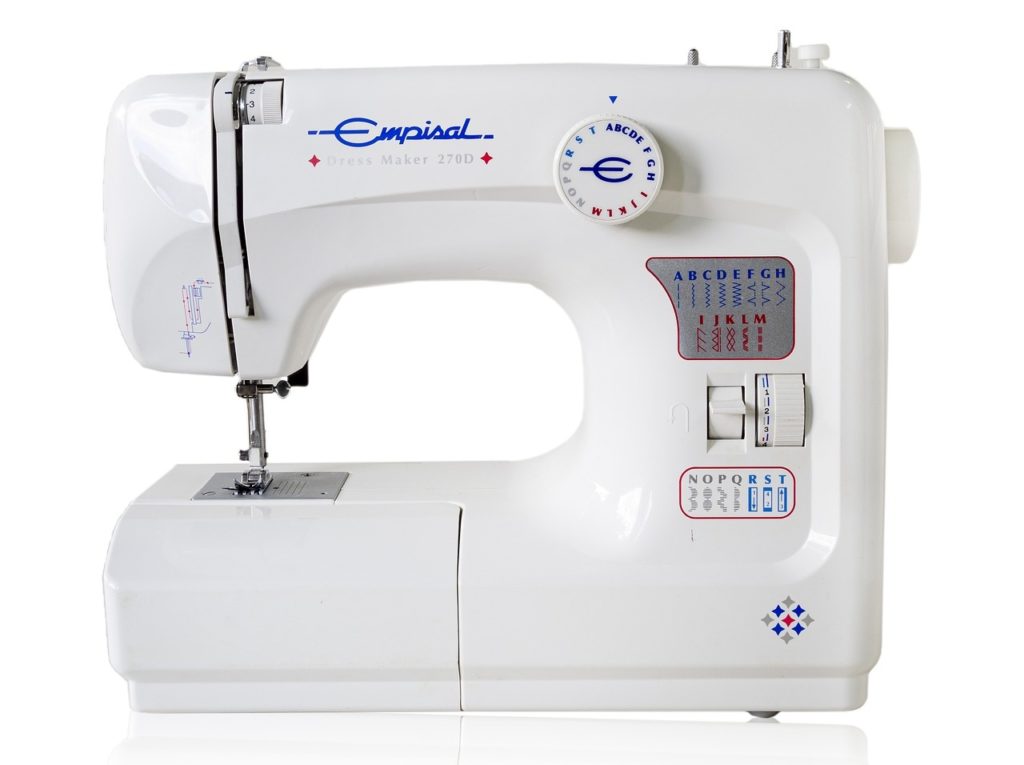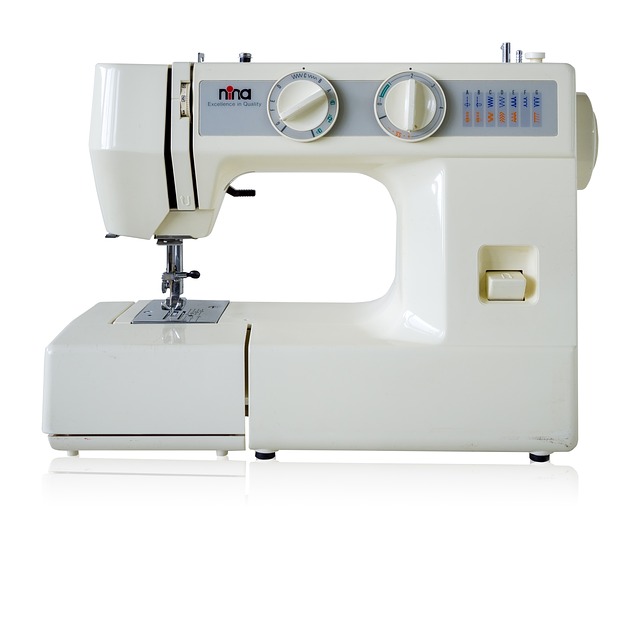Success is not a big step taken in the future but a small step was taken today towards your goal. And these steps are always the basic ones but at the same very important steps to achieve the bigger goal.
And today we will be learning about one such small, basic, and important step in the process of sewing, whether you are a beginner or a person struggling with this step.
We are talking about threading a needle for sewing. Every sewing project starts with this step so, you must know all about it.
And the best part- you will also find tips and learn about tools that will help you in threading a needle easily if you are aged or have weak eyesight.
How to thread a needle- a handheld needle or a sewing machine needle? We have got it all covered in this article!
Get the Right Needle
What do you mean by the right needle? All needles are the same! Guess what?
This is not so. All needles are not the same. Hand sewing needles come in various lengths and in various thicknesses of the tip of the needle.
But the right needle here means a needle that has the perfect eye size- not too small.
An eye of a needle is the hole in the needle on the opposite end of the pointed tip through which we pass the thread.
Threading a needle with a small (narrow) eye is a tricky and frustrating task. So, compare the thickness of your thread with the eye width, the latter should always be bigger in size.
Always try to find a needle with a wide eye; but do not worry if you really do not have any other option because you will find some helpful tricks later in this article to help you in threading a needle with a small eye.
Did you know that in many needles one side of the eye is bigger than the other? If you can locate the bigger side, things will be a little easy.

Trim the Thread
Bring the spool of the thread you want to use, and trim at least 20 inches (approx. 51 cm) of the thread with a sharp pair of scissors.
This is considered to be the ideal length of the thread to avoid any mess and provide ease in handling.
Tip: cut the thread from the spool at an angle. Cutting the thread at a 45-degree angle makes it easier to put the thread through the needle’s eye. And the thicker the thread, the more angled the cut should be to avoid its shredding.
Stiffen the end of the thread
Stiffen the end of the thread that you will pass through the needle’s eye. You can use a drop of water, saliva, or beeswax to do the same.
This will make the fibers at the of the thread attach which in turn makes it easier to pass through the eye.
Tip: you can also try to put a drop of water on the needle rather than the thread. But do not do this often because it might rust the needle faster.
Use the Conventional Method to Thread a Needle
Bring the thread near the eye of the needle and carefully try to pass the thread directly into it.
The stiffed end from the previous step will help it smoothly go straight into the eye.
You can also try it the other way around by bringing the needle toward the thread’s end. Do it either way which is comfortable.
Tip: you can use tweezers to hold the thread if you are uncomfortable with your fingers.
And always use a white background while inserting the thread into the eye. It aids you in seeing the thread clearly.
Use a hand-held Threader
The most used and commonly available tool that will help you a great deal in threading a needle is a metal threader.
You can use it while threading a hand-sewing needle or a sewing machine needle.
A hand threader is a thin piece of metal that has an attached wire loop on the top. The wire loop is very thin and easily passes through the needle’s eye without the aid of any glasses.
- All you have to do is first, insert the wire loop in the needle’s eye.
- Now take your trimmed thread and carefully insert it into the threader’s wire loop.
- Pull an adequate length of the thread through the wire loop.
- Now simply pull the hand-held threader out of the needle’s eye then, pull the thread out of the wire loop.
- You will see that your needle is threaded without any strainful focus on your eye.
Note: This tool is best to use when you have needles with a small eye.
Opt for a Self-threading Needle
Nowadays, you will find needles in the market that come with an easy system of threading them.
A self-threading needle does not have a simple hole for the eye but has an opening at one side of the eye through which you slide your thread.
Some needles come with a V-shaped slot right above the eye where you swiftly put your thread for it to pass through the eye.
However, such V-shaped needles are often stressful on the fingers while sewing.
Self-threading needles or easy-thread needles are easily available in the market and they come in various sizes.
Tie the Knot
Do not forget to tie a knot using the ends of your trimmed thread which is threaded into the needle.
You must tie the knot at only one end of the thread if you want single-thread stitches and tie the knot using both ends together if you want double-thread stitches.
Tip: Usually when a single-thread stitch is sewn by hand, the thread can come out of the eye while sewing.
To avoid this scenario, you can fold the thread at the eye of the needle and apply some beeswax to the thread. The thread will remain in place as you sew.
How to Thread a Needle on a Sewing Machine?
While you can use a hand-held threader or the conventional method to thread your sewing machine needle, you can also try using the in-built threader that comes with most sewing machines these days.
You can follow the same steps mentioned above to thread a needle using a hand-held threader or using the conventional method.

Here is a quick guide on how to use the machine threader to thread your sewing machine needle:
- Guide your thread from the spool placed on the spool pin on the top of the machine through the thread guide, and then pull the thread down and around the take-up lever. There should be small numbers and/or arrows printed on the sewing machine to guide you on the way in which to thread the machine, otherwise, you can read your machine’s manual.
- Now place your needle on the highest point possible and press down the presser foot to create more space.
- Pull the attached threader completely down. Once done, you will see a piece of metal or wire passing through the needle’s eye. If you do not see anything passing through the eye, your threader is not pulled down completely.
- A hook or piece of the bar will be there on the threader, pull your thread and wrap it around this point once.
- There will be another hook placed on the other side of the needle on the threader, take the thread and grip it over this hook.
- Keep pulling the thread tightly and slowly release your attached threader upwards. Once it completely goes back to its place, pull the thread from its hook. You will see that the thread automatically passes through the eye.
This method can be time-consuming initially but you will get the hang of it once you practice it a couple of times.
Things to remember:
- Always have a clear or white backdrop behind the needle.
- Place a light source directed over the needle.
- Tie a knot using the ends of the thread when your needle is threaded.
- Pull the thread in the right direction because otherwise you might unravel it and will have to repeat the process.
- Always stiffen the ends of the thread no matter how you will sew (on the machine or hands).
- Take extra care while handling the needle.
Conclusion:
Big journeys begin with small steps.
Read the article above to easily master the small step in sewing- threading a needle.
Understand the different methods used for threading a hand needle or a sewing machine needle.
Learn about the tools that are extremely helpful if you are working with a small-eyed needle or if you have weak eyesight and struggle in focusing on objects.
Do not forget to read the tips mentioned throughout the article to provide additional help.
We hope this article was helpful to you. And if you have any queries regarding the topic, feel free to ask them in the comments section.



